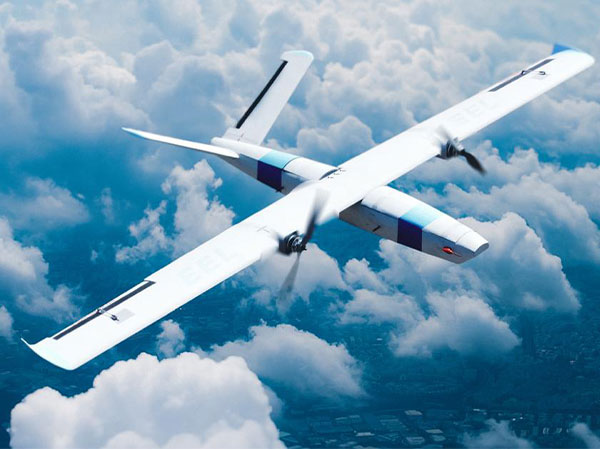New Delhi [India], July 18 (ANI): India’s counter-drone market is projected to grow at an annual rate of 28 per cent over the next five years, highlights a report by Motilal Oswal, a financial services company.
The drone market is driven by an increased need for systems to counter aerial attacks. The report estimates the addressable market for counter-drone systems at Rs 120 billion over the next five years, based on a requirement for nearly 1,200 counter-drone systems, each costing about Rs 80 to 150 million. This substantial demand is expected to create a yearly market opportunity of nearly Rs 24 billion over the next five years.
In the drone market, systems with a range of more than 5 kilometers are growing faster than those with a range of less than 5 kilometers. The technology in this space is continuously evolving to improve range, with each counter-drone system having a lifespan of about 10 years and requiring regular software upgrades.
The report also noted that the cumulative defense electronics market was worth about USD 8.1 billion from 2016 to 2020, growing at an annual rate of 4.5 per cent during that period. In 2021, the market stood at USD 1.9 billion and is expected to grow to USD 7 billion by 2030, with an annual growth rate of 15.7 per cent from 2020 to 2030.
In India, the defense electronics segment is expected to see significant efforts to produce components locally over the next decade, leading to better manufacturing and quality standards. Currently, over 60 per cent of electronic components are supplied by foreign manufacturers.
As local production increases, a large portion of future defense electronics will be sourced locally. Major programs across the army, navy, and air force, such as new combat aircraft acquisitions, submarine building, and replacing T-72 tanks, will drive the market value of this segment.
Furthermore, over the next five years, the simulators market in India is expected to reach between Rs 140 and 150 billion. Military training simulators can simulate a wide range of scenarios, including air-to-air combat, ground combat, and naval warfare, allowing the armed forces to train in a realistic environment. Military training simulators play a crucial role in training armed forces in India.
The recently announced Agniveer Yojna provides opportunities for the youth of the country to serve in the Armed Forces as Agniveers for four years. Since the tenure of the Agniveers is very short, there is a fundamental need to train them to an acceptable level in a much faster time compared to the duration spent by the former recruits. This is where the requirements for simulators will start increasing.
With the changing nature of warfare, which now includes drones for spying, surveillance, and reconnaissance, there is a growing demand for anti-drone systems and other equipment in India and globally to protect critical sites like military bases, airports, refineries, and financial institutions. (ANI)












